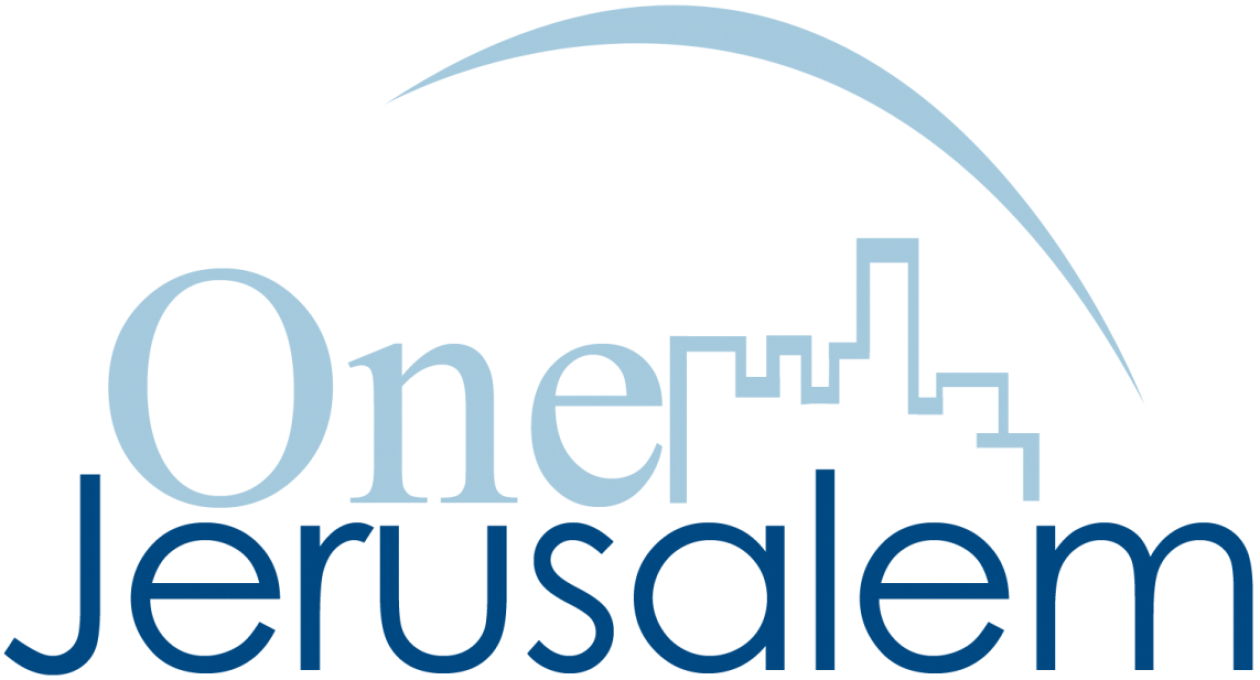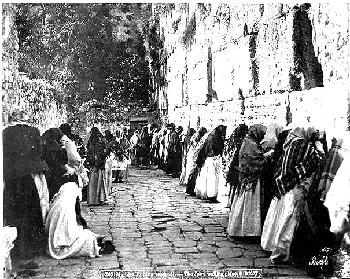The Jewish month of Tevet contains several days of mourning and historical importance for Jerusalem. The tragedies that began the destruction of Jerusalem and exile of the ancient Israelites have their roots in this month…
Article Courtesy: Temple Institute
Three Days in Tevet: The 9th: The Passing of Ezra and Nechemiah
The ninth of Tevet marks the day of the passing of both Nechemiah and the great sage Ezra who each played essential leadership roles in the return of a small community of exiled Jews from Babylonia to Jerusalem. In the year 538 BCE, the Persian king Coresh (Cyrus) declared that G-d had spoken to him, commanding him to reestablish the Holy Temple in Jerusalem. He called upon the Jews living in exile to return to Jerusalem. However, only 42,360 Jewish exiles, a small minority of the entire community in exile, took up the call and journeyed back to Jerusalem. There they found the city in a state of ruin. In addition, many rival communities living in the land of Israel were opposed to the reestablishment of a Jewish presence in Jerusalem and the rebuilding of the Holy Temple. They physically threatened the nascent Jewish community of Jerusalem and embarked upon a series of political intrigues designed to prevent the Temple’s rebuilding.
Nechemiah, a prominent figure among the Jews of Babylon, and cup-bearer to the king Artaxerxes (later successor to Cyrus), and the priest and sage Ezra, were both authorized by the king to take charge of the Jews of Jerusalem. Three major tasks stood before Ezra and Nechemiah: the building of the walls of Jerusalem, in order to insure the city’s survival against enemies, the rebuilding of the Holy Temple and the return of the people to the observance of the Torah commandments. Ezra is credited with the accomplishment of this last task. He convinced the assimilated Jews to divorce their foreign wives and to re-devote themselves to Torah observance. Ezra established the public reading of Torah on the second and fifth day of each week, (a tradition that is followed to this day in synagogues). He also established the Great Assembly, a forerunner of the Sanhedrin, as the authoritative body concerning matters of Jewish law.
Ezra is seen by our sages as having rescued both Israel and Torah from the danger of oblivion. Likewise, Ezra and Nechemiah together reestablished a Jewish political entity in Israel, which would grow in power and influence and remain unbroken until the destruction of the Second Holy Temple by the Romans some six centuries later.
The community of returnees was small and impoverished, and therefore the Holy Temple that they built was much more modest that the previous Temple built by King Solomon. As the generations passed and the nation grew in strength and wealth, the Holy Temple underwent renovations and improvements, culminating in the magnificent structure built during the reign of Herod.
It is important to note that Ezra and Nechemiah immediately rebuilt the altar upon the Temple Mount, and renewed the Divine service, even before the walls of Jerusalem were completed or the Holy Temple was built.
Jewish tradition grants Ezra a near Moses-like status, out of recognition for his historical accomplishment of replanting the Jews back in the land of Israel and replanting the Torah of Israel back in the hearts of the Jews.
Many of the great challenges that faced Israel in the generation of Ezra and Nechemiah still face the nation of israel today: physical security, political survival, the rebuilding of Jerusalem, the rekindling of Torah in the hearts of the Jews, the reestablishing of the Sanhedrin, and the rebuilding of the Holy Temple.
Undeniably, the passing of Ezra and Nechemiah was a bitter blow to the still tender community of Jerusalem and its environs. No doubt the people questioned what would happen next. Fortunately, Ezra had established the Great Assembly, which would ensure the continuation of responsible leadership.
May we merit today leadership of the magnitude of Ezra and Nechemiah, as we too grapple with the challenges of rebuilding our nation, reestablishing the Holy Temple and renewing the Divine service.
Read the Full Article

 Join Now
Join Now Sign Petition
Sign Petition Tell Friends
Tell Friends








